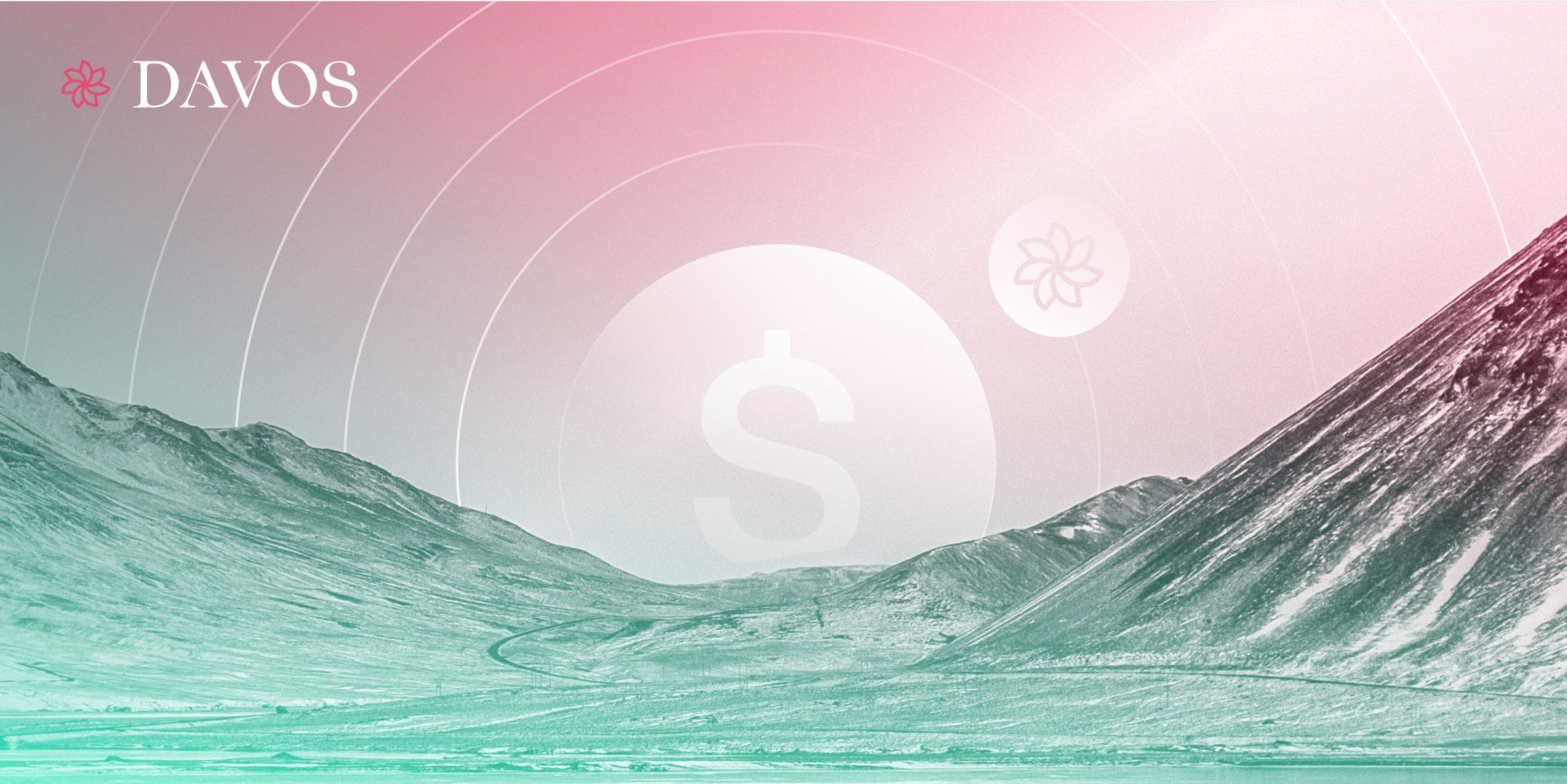The Future of Stablecoins: Exploring Alternative Fiduciary Currencies to the Dollar

The concept of stablecoins has been gaining a lot of attention in the world of cryptocurrency in recent years. These digital tokens are designed to maintain a stable value by being backed by a reserve asset, such as a fiat currency or a commodity. The most common stablecoin is pegged to the US dollar, but there are now many alternatives emerging that are pegged to other currencies or commodities. In this article, we will explore the future of stablecoins and the potential for alternative fiduciary currencies beyond the dollar.
The Rise of Stablecoins
The development of stablecoins has been a significant advancement in the world of cryptocurrency. Their stable value makes them ideal for use in financial transactions and as a store of value. The most common stablecoin, Tether (USDT), is pegged to the US dollar, with each token backed by one dollar. Other stablecoins, such as USD Coin (USDC) and Binance USD (BUSD), also follow this model.
However, the reliance on the US dollar as a reserve asset for stablecoins has raised some concerns. The US dollar is subject to inflation and geopolitical risks, which can lead to instability in the value of the stablecoin. This has led to the development of alternative stablecoins, pegged to other currencies or commodities.
Alternative Stablecoins
There are now many stablecoins emerging that are pegged to alternative fiduciary currencies beyond the US dollar. These include stablecoins pegged to the euro, Japanese yen, Swiss franc, and other fiat currencies. For example, EURS is a stablecoin pegged to the euro, and JPY is a stablecoin pegged to the Japanese yen.
Commodity-backed stablecoins are also emerging as an alternative to fiat-backed stablecoins. These stablecoins are backed by reserves of commodities, such as gold or silver. For example, PAX Gold (PAXG) is a stablecoin pegged to the price of gold.
The potential for alternative stablecoins is significant. By pegging stablecoins to other currencies or commodities, they can provide a stable value that is not reliant on the US dollar. This can reduce the risk of currency instability and geopolitical risks.
Challenges for Alternative Stablecoins
While the potential for alternative stablecoins is significant, there are also challenges to their adoption. One of the main challenges is liquidity. The US dollar is the dominant global currency, which makes it easier to maintain liquidity for US dollar-backed stablecoins. In contrast, alternative stablecoins may struggle to achieve the same level of liquidity.
Another challenge is trust. Stablecoins require trust in the underlying reserve asset, whether it be a fiat currency or a commodity. Establishing trust in alternative reserve assets may be more challenging than the US dollar, as they may be less familiar or subject to greater volatility.
Regulatory concerns are also a potential issue for alternative stablecoins. The regulatory environment for stablecoins is still developing, and regulators may have different requirements for stablecoins backed by different currencies or commodities. This could create compliance challenges for stablecoin issuers and users.
The Future of Stablecoins
The future of stablecoins is likely to be shaped by the development of alternative fiduciary currencies beyond the US dollar. While the US dollar is likely to remain the dominant reserve asset for stablecoins, alternative stablecoins can provide a stable value that is not reliant on the US dollar.
The development of alternative stablecoins will also be influenced by technological advancements in the cryptocurrency space. The rise of decentralized finance (DeFi) has created new opportunities for stablecoins, as they can be used as collateral for lending and borrowing.
Davos Protocol As a Solution
This is where the Davos Protocol comes in, providing a decentralized, unbiased stable asset that is backed by collateral and enhanced by Liquid Staking. Unlike other stablecoins that are backed by a reserve asset, the DUSD Stable Asset is initially backed by staked MATIC assets as collateral. By doing so, users can earn extra yield from the yield-bearing stable asset while taking on a single debt position with a low interest rate. This unique feature provides users with the opportunity to maximize their returns while maintaining the stability of their assets.
The potential for alternative stablecoins like the DUSD Stable Asset is significant. By pegging stablecoins to other currencies or commodities, they can provide a stable value that is not reliant on the US dollar, reducing the risk of currency instability and geopolitical risks. However, there are challenges to their adoption, such as liquidity and trust in the underlying reserve asset.
Despite these challenges, the future of stablecoins is likely to be shaped by the development of alternative fiduciary currencies beyond the US dollar. Ultimately, the importance of stable assets in DeFi will continue to drive innovation in the stablecoin space and provide new opportunities for financial transactions and store of value, such as those offered by the Davos Protocol.
Conclusion
In conclusion, the future of stablecoins is likely to be shaped by the development of alternative fiduciary currencies beyond the US dollar. While there are challenges to the adoption of alternative stablecoins, such as liquidity and trust, the potential for stablecoins pegged to other currencies or commodities is significant. As technological advancements continue to shape the cryptocurrency space, we may see the emergence of new types of stablecoins that are designed to maintain a stable value without the need for a reserve asset. Ultimately, the importance of stable assets in DeFi will continue to drive innovation in the stablecoin space and provide new opportunities for financial transactions and store of value.
